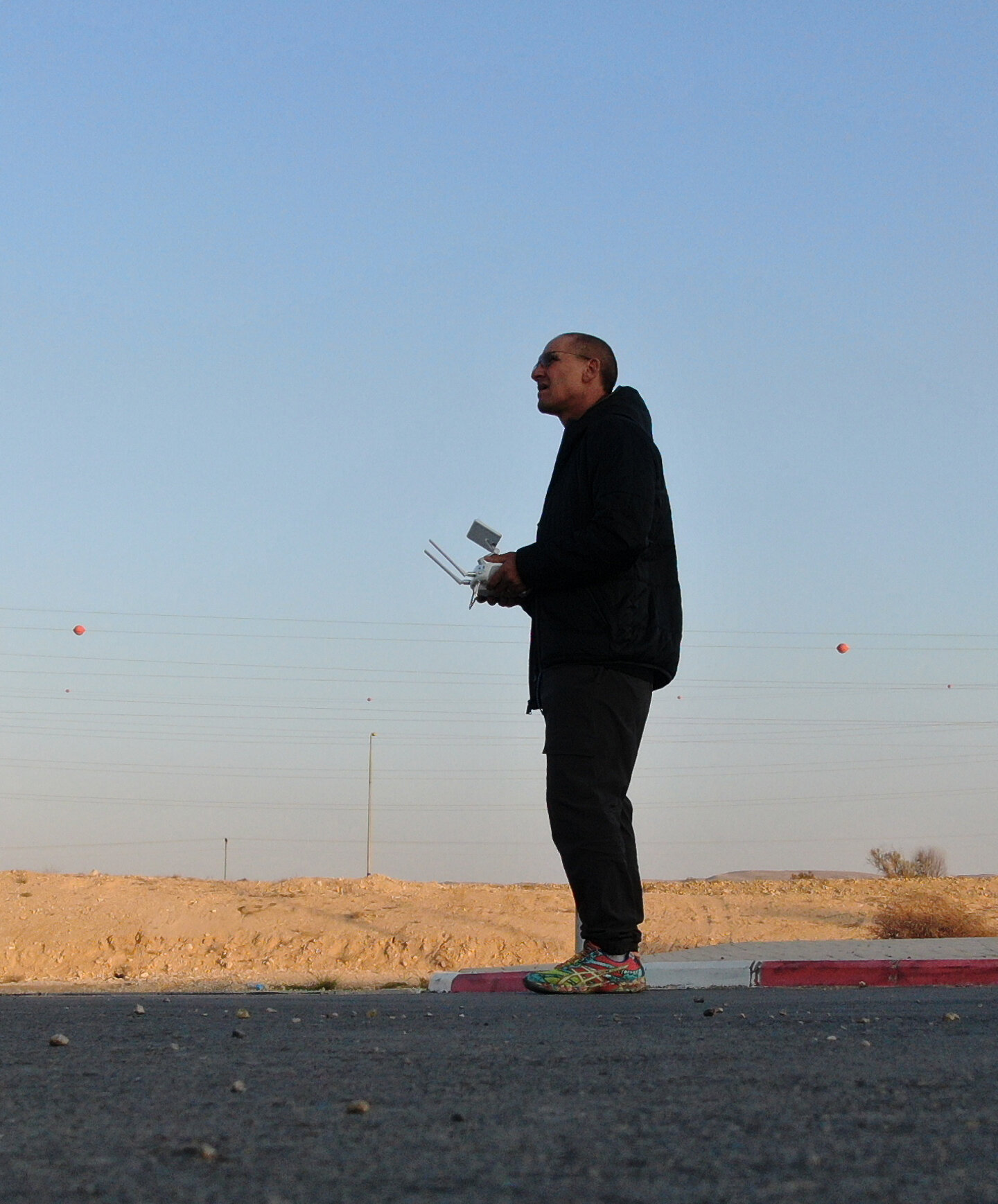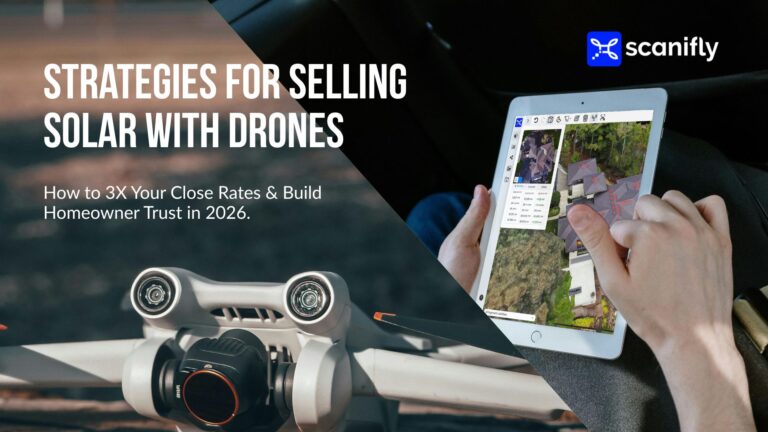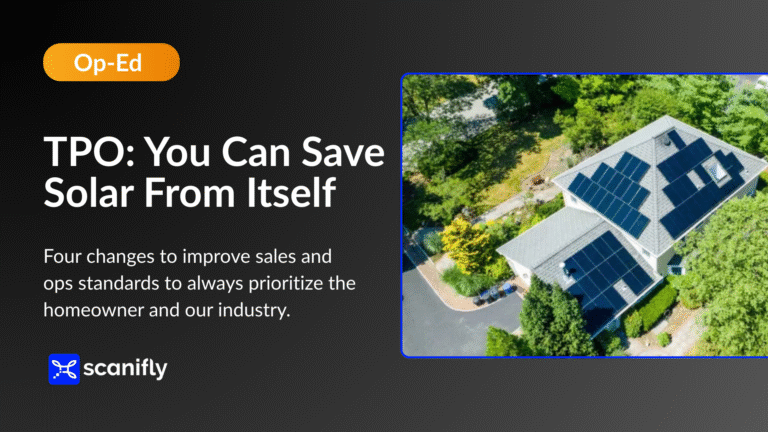He surveyed 26 roofs in a single day; Here’s how he did it.
Manual solar surveys – with ladders, roof climbs, and measurement tools – are a huge time waste. Scanifly’s Solar Surveyor and Designer Outlook found that 22.6% of surveys take 60-90 minutes and nearly a tenth (9.7%) take more than 90 minutes. Compare this to drones, where you can get a survey done in 10-15 minutes without climbing on the roof.
Despite how time-consuming manual surveys are, there’s still a belief that drones are too complicated to use. This couldn’t be further from the truth: drones are easy to learn and, in most instances, can be fully automated. This is what led Doron Yassur to recently set the Scanifly site survey record with 26 roofs in a single day.
How to Become a Drone Surveyor for Solar
Many Scanifly customers start with zero drone knowledge. Step one is to get the requisite licensing. In the US, that’s the FAA Part 107 that lets you fly drones in commercial airspace. You can take a course with the Drone Pilot Ground School, a Scanifly partner, for a discounted $225.* From there, the licensing exam costs $170.* Scanifly users have gotten their Part 107 license in less than a week.
After you obtain your Part 107, get a drone that can take geotagged images to create 3D models. Scanifly recommends the Mavic 2 Pro because it has the optimal combination of automation and obstacle avoidance at a reasonable price. We also recommend the DJI Phantom or Skydio 2. On average, a drone will cost about $1,700,* or $2,000* with accessories like a car charger and extra batteries.
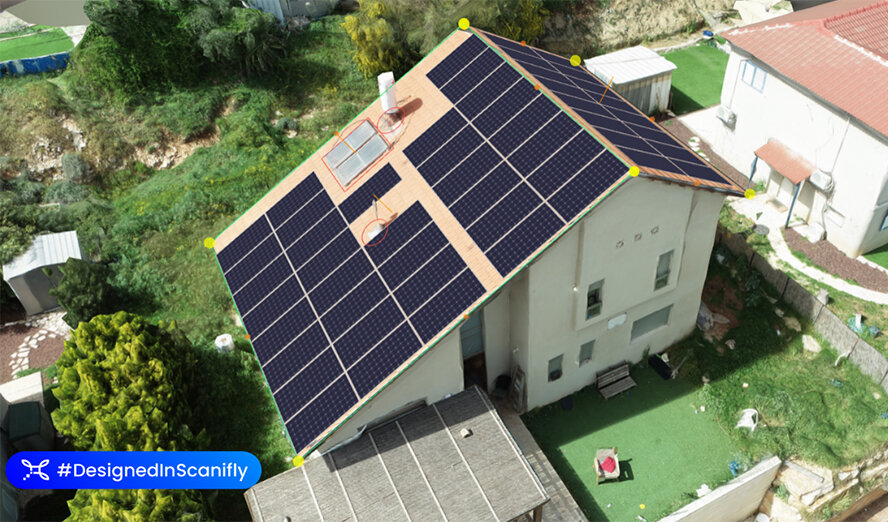
The return on investment from a drone program typically pays for itself within 1-2 months as a result of cutting survey and design time by up to 90%, reducing insurance premiums, and growing revenues from being able to do up to 5x more projects each day.
A Day in the Life of a Drone Surveyor
Doron, a leading drone surveyor and designer in Israel, was the CEO of a local Solar company in the industry’s early days, and saw the manual way surveys were done. Given the time-consuming nature of manual surveying, only 2-3 surveys could get done per day. Nearly a decade later, Doron noticed the industry was still using the same manual thing – so he started using drones to do solar surveys for customers. Upon adopting drones, his volume skyrocketed to 10-20 surveys daily, with a recent record of 26 roofs in one day, while driving 450 miles / 8 hours between sites. Here’s how Doron does it.
The Night Before: Mapping and planning
Doron plans out his route starting with the roof that’s the furthest away, so he’s driving closer to home as the day goes on. He also pre-charges his drone batteries. For a typical day of 10-20 surveys, Doron brings five fully charged batteries with him. He will recharge each battery 1-2x throughout the day, going through a total of 8-9 effective battery “lifes” per day.
He keeps a DC-to-AC car converter and a 3x battery charger and will start charging a battery as soon as it’s drained. As a result, he’s never held back by waiting for a battery to charge.
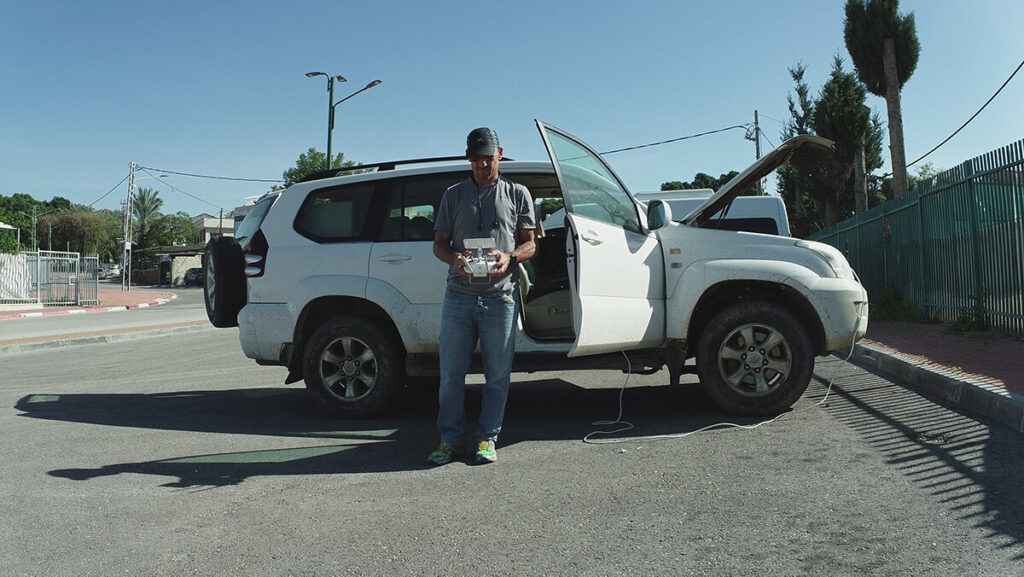
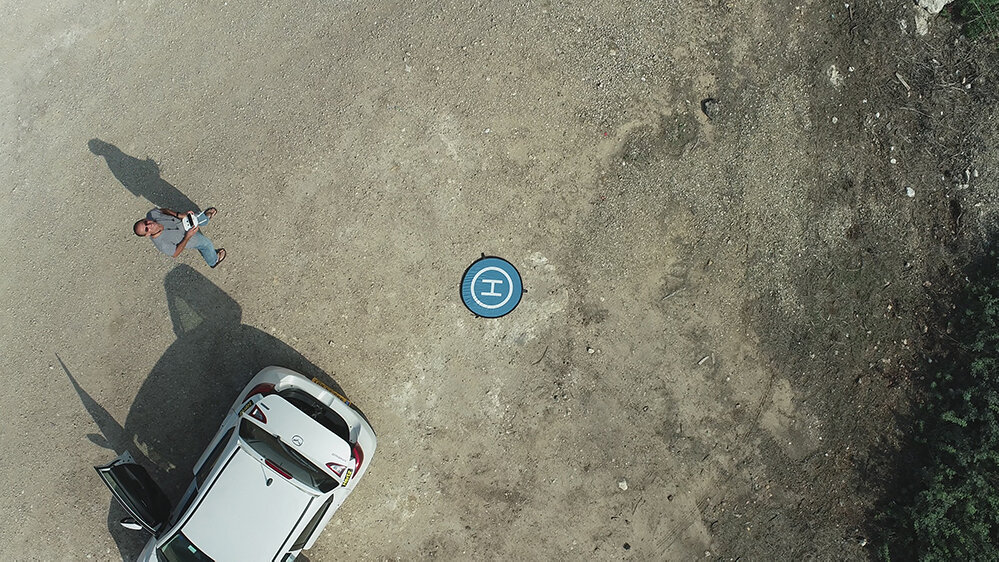
The Morning: Getting on the road
The day starts by driving to the furthest site, then getting to work. Each survey takes about 15-25 minutes (Doron surveys primarily commercial properties; Residential sites take 10-15 minutes), and he simply runs through the list for the day.
“I usually let building owners know what day I’m coming, but try to avoid giving specific appointment times,” said Doron. “That way, I have some flexibility if I get delayed somewhere else.”
The Afternoon: Lunch and recalibrating
If he’s ahead of schedule by lunch, he’ll stop to eat and have a short break. If he’s running behind, he’ll eat quickly and use lunchtime to make up for morning delays.
From here, he also assesses anything that might cause delays later in the day. In one case, he couldn’t get into a gated community to survey a roof.
“Instead of going right to the building, I parked near the highway about a mile away,” said Doron. “I flew the drone over to the building, took pictures, and flew it back. If I was doing things manually, I would have had to skip that building and disappoint the customer.” These kinds of issues are rare, but having drones makes it much more convenient.
Evening: Wrapping up and heading home
You can’t get high-quality surveys without good sunlight, so your day is ultimately determined by the sun. With that in mind, Doron works until sunset (or until he finishes all his surveys), then heads home. Most days, he can complete all of his surveys because of his efficient route-planning process. On days when he can’t, he simply pushes the survey to the next available slot – often the next day.
Processing and admin work
Doron focuses his energy on one thing at a time: when he’s surveying, he dedicates the whole day to it. To ensure he completes the business and design side of his work, he works with a remote designer who handles the 3D models once they are uploaded from Scanifly software. For solo surveyors who don’t have anyone else, he recommended planning one day a week that’s focused purely on business admin and model processing.
For those expected to deliver designs within tight time constraints, it is best practice to fly all day and upload models at night. Some occasionally upload from the field in real-time, but that will hinder maximizing the number of site surveys.
Creating a sustainable business – and future
Despite being proud of his accomplishment, Doron admitted that 26 roofs is not a sustainable daily target for one person. However, he said drones with route planning and extra battery packs make it fairly easy to do 10-15 daily without burning yourself out. From there, it’s simply a matter of getting up, driving out to a site, and starting your day.
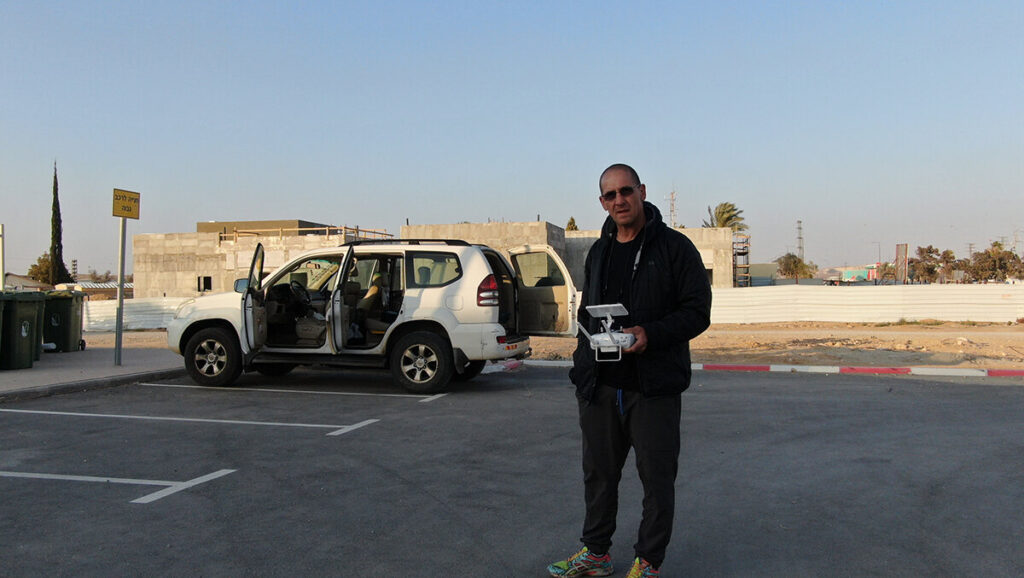
*This article was originally published in June 2021, and the costs detailed below were accurate at the time of writing. Current costs may differ.

